Description
Este tutorial pretende dar otra vida a tu tela o trozos de tela viejos haciendo una esponja ecológica.
Introduction
Youtube
Étape 1 - Create the weaving loom
Use your pencil and ruler to draw a square 12cmx12cm.
Put 20 nails every 2 cm. With your hammer, firmly plant the nails into the board onto each of the 20 dots.
Étape 2 - Prepare the cloth
Choose a sock that can stretch over 12 cm.
Use your scissors to cut 10 rings of 4 cm width on your socks.
Étape 3 - Attach the rings
Attach the rings to the nails vertically, only in one side.
Attach 5 rings vertically (see image).
Étape 4 - Weave
Weave the remaining 5 rings horizontally in and out of the vertical rings. Start by attaching a ring to the top left nail on the left side of the square and pass it over the first vertical ring, under the second vertical ring, over, under and over and then hook it to the opposite top right nail on the right side of the square. Attach 4 more rings horizontally, but weaving the opposite way with each new ring: Horizontal rings 2 and 4 would be under, over, under, over, under. (see image).
Étape 5 - Close the loops
Unhook any ring/loop from its nail, then unhook a second loop right next to it. Pass the second loop into the first loop. Hold on to the second loop and let go of the first loop. The second loop now becomes the “first loop”. Continue this step all around your square. Tighten as you go, as needed.
The final loop that you end up with is the hook that you’ll use to hang and dry your tawashi sponge!
Published
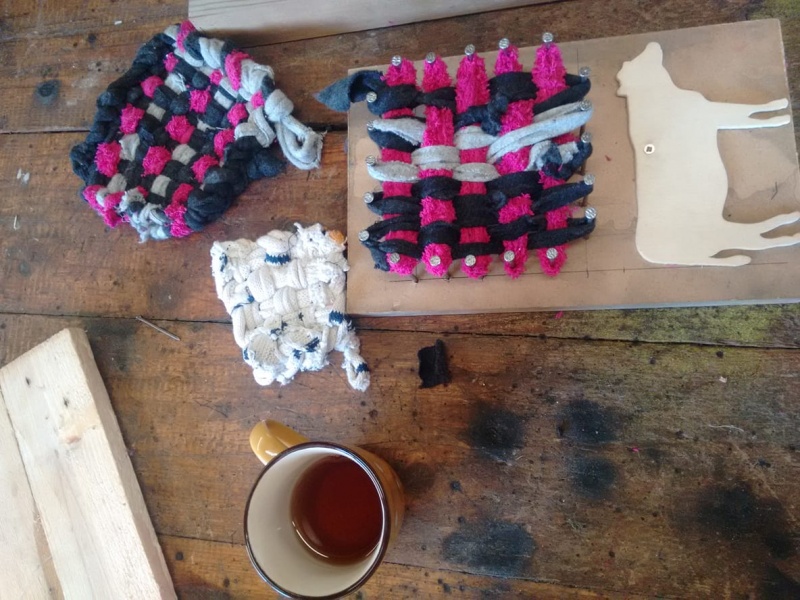
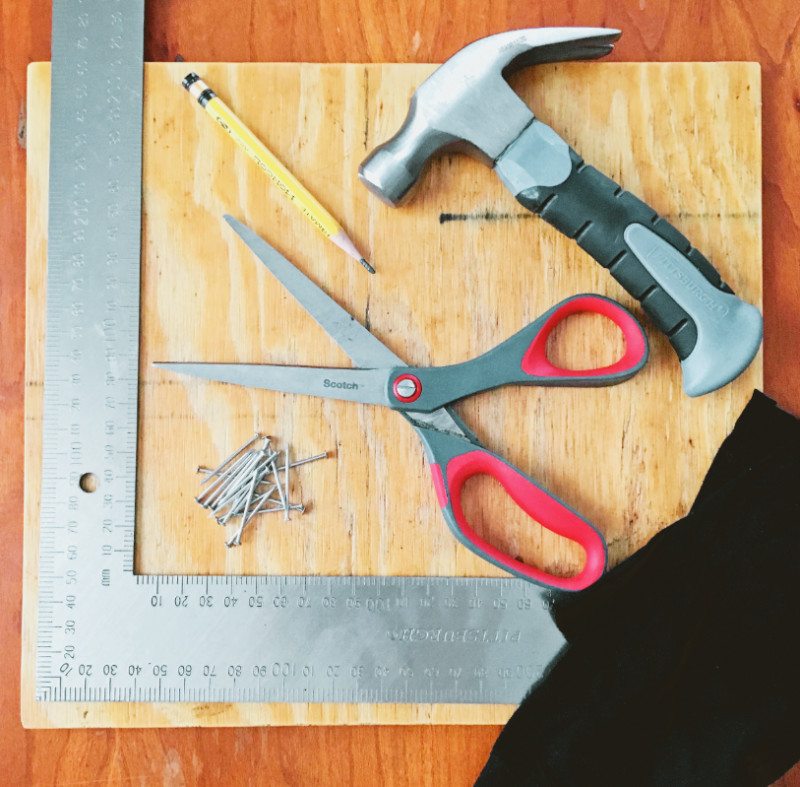
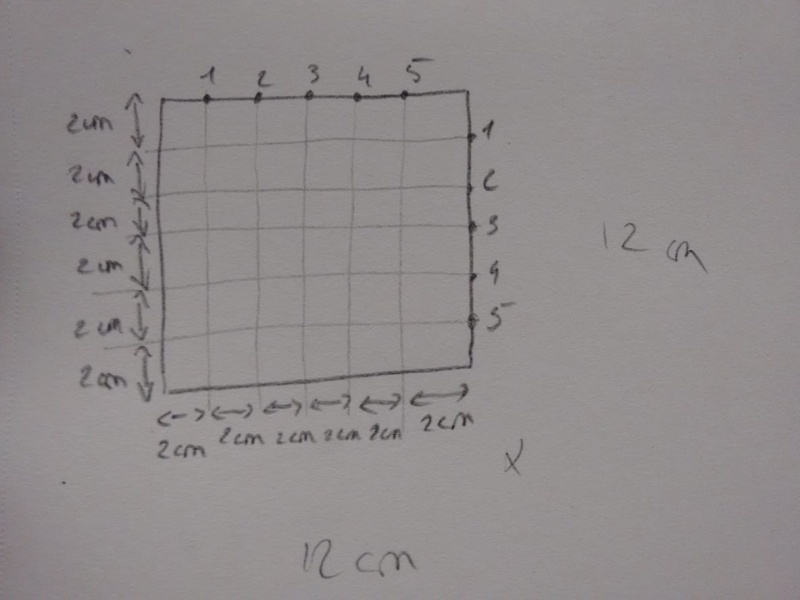
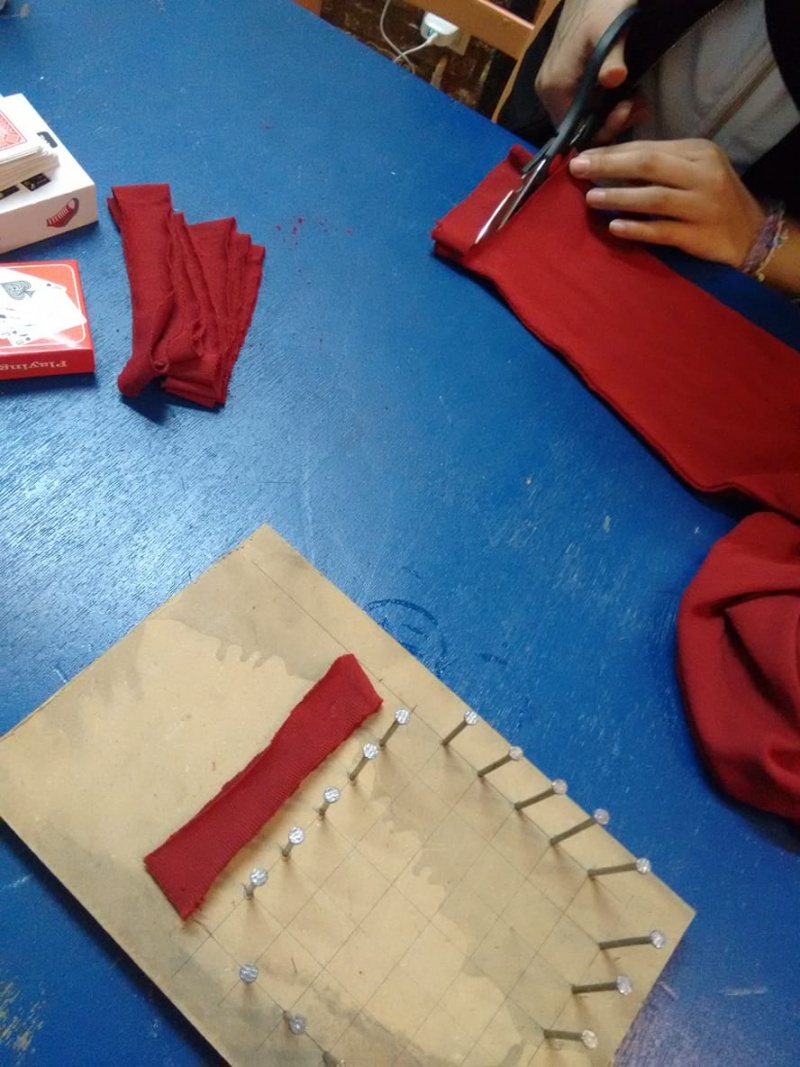
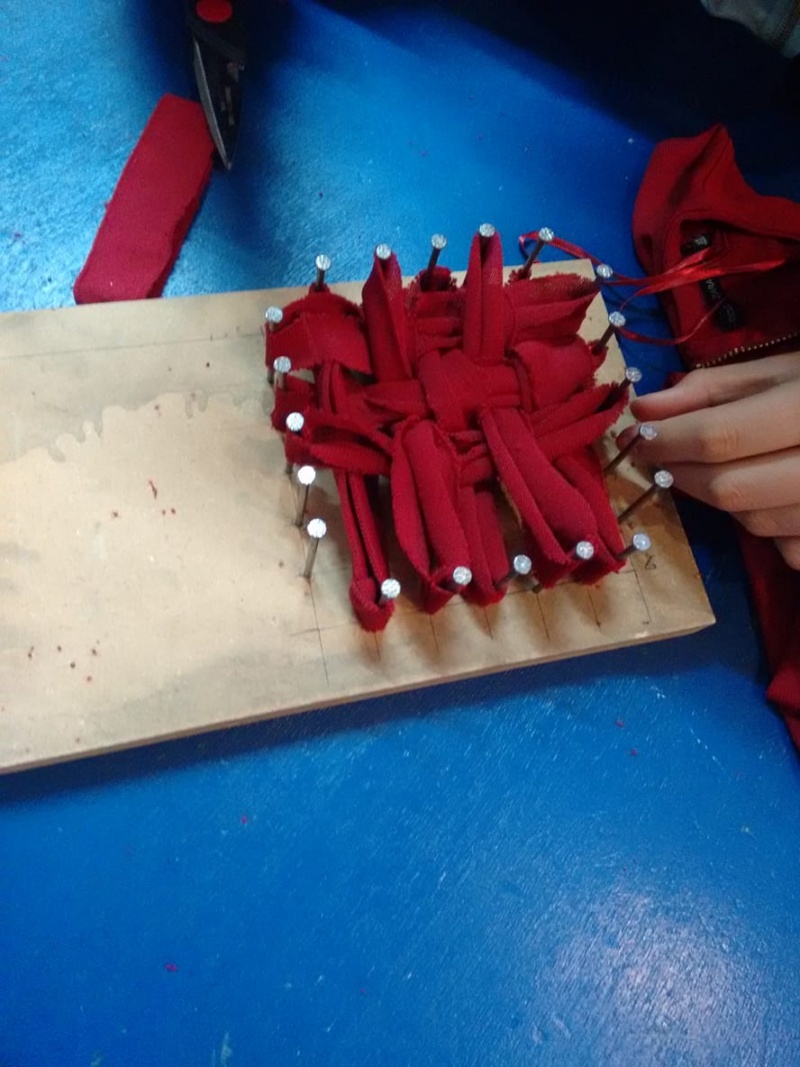
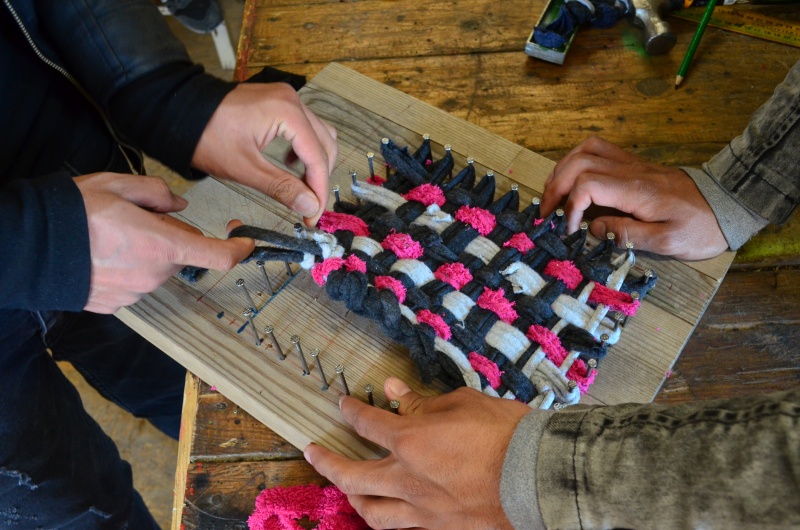
 Français
Français English
English Deutsch
Deutsch Español
Español Italiano
Italiano Português
Português